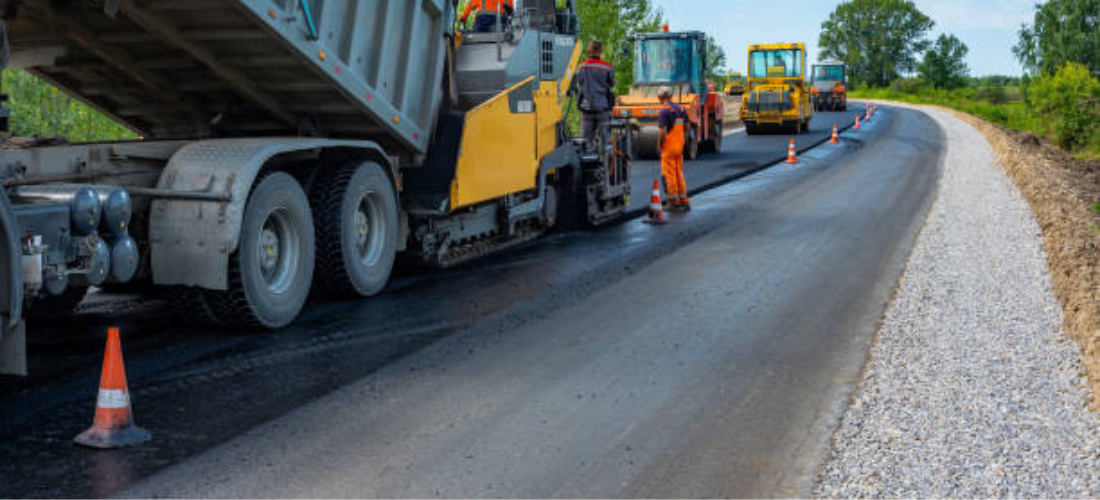Construction of roads is the art of understanding the type, base and the thickness of road needed for a particular route based on the traffic and load and then building a quality road that is seamless, safe and makes your drive enjoyable.
From highways to private estates, good quality roads have always received significant importance, the area which is often ignored is quality operation and maintenance of roads.
Why do you need an effective operation and maintenance of roads?
- Protection against Wear and Tear
Quality roads are an asset that lasts for a long period of time, however no asset carries indefinite useful life. Having a superior quality operation and maintenance of roads will protect your asset from deteriorating faster. It will keep protecting your asset from periodical wear and tear.
- Safeguards against bigger problems:
What appears to be acceptable on the surface of the road may conceal a significant problem beneath. As a result, it necessitates upkeep, renewal, and modernization. This is possible through effective operation and maintenance of roads. It will not only help identify these problems but also helps take timely action on such concerns.
- Cost Effective
We all have heard about the saying “Prevention is better than cure”. This applies not only to us humans, but also on roads.
Adequate road infrastructure maintenance is critical to preserving and improving the value of roads. However, a backlog of unfinished maintenance has resulted in irreversible deterioration of the road network. If roads are not properly maintained, they may need to be replaced or repaired after only a few years. That deterioration spreads quickly across a road system, resulting in skyrocketing costs and a significant financial impact.
Compared to such huge costs of replacing and rebuilding the roads, a functional strategy for periodic operation and maintenance of roads is cost effective and beneficial.
Focusing on road maintenance will benefit citizens, road users, taxpayers, and road owners by not only preserving current assets but also lowering future costs. This would prevent these assets from depreciating in value, assuming that timely investment is made.

